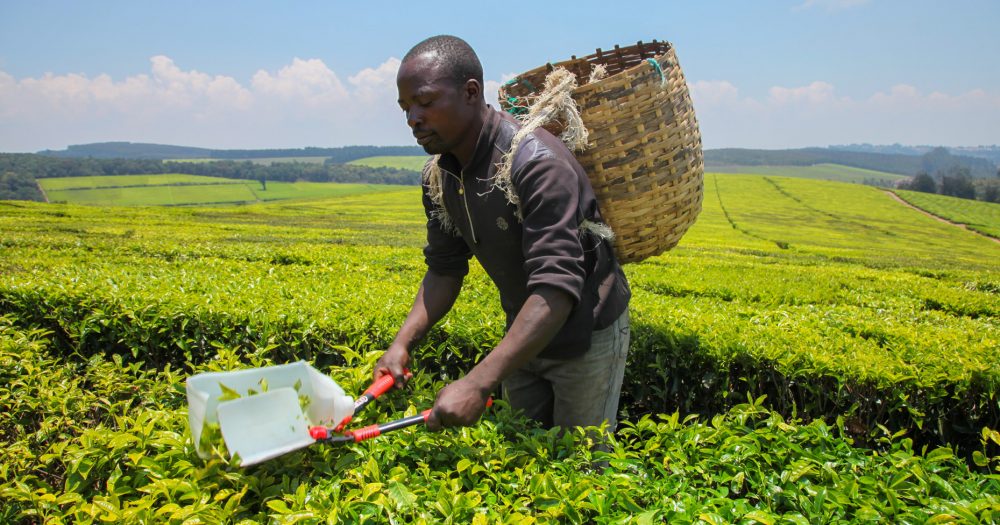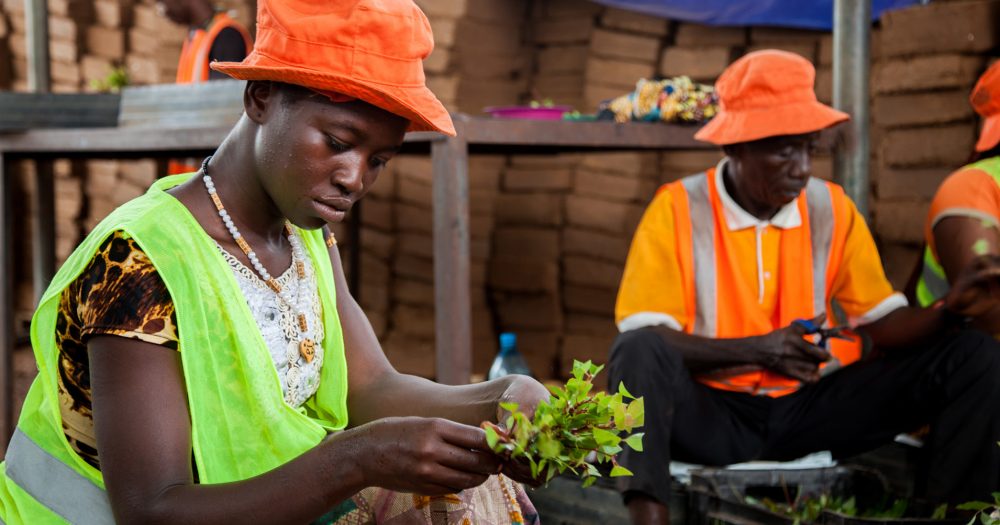This investment was made when British International Investment was named CDC Group.
Our investment
Description of the investment.
Description of the investment.
Demand for credit in Nepal outstrips supply and the drop in economic forecasts due to COVID-19 signals adverse effects on domestic production. Our facility with Global IME Bank will enhance the bank's ability to provide credit to businesses across key economic priority sectors, increase the provision of goods and services for employees, suppliers and consumers, and stimulate economic opportunities throughout the country. It will enable an increase in longer-term lending to businesses in both foreign and local currency.
Impact information
Applies to investments made from 2019 onwards. The tabs in this section define what we expect to achieve through the investment, assessing the potential impact of the investment against six dimensions of impact. You can find more details on our methodology of assessing impact here.
Applies to investments made from 2019 onwards. The tabs in this section define what we expect to achieve through the investment, assessing the potential impact of the investment against six dimensions of impact. You can find more details on our methodology of assessing impact here.
What?
| Impact |
|---|
|
|
|
How?
| How? |
|---|
|
Who?
| Stakeholder | Geography | Characteristics |
|---|---|---|
| Employees/informal workers, suppliers |
Nepal |
In the first three to six months of lending the bank anticipates the majority of lending will be to hydro-energy and hotel sectors, primarily to mid-sized domestic corporates. The remaining lending in the same time period will target SMEs, including in the manufacturing and agricultural sectors. Lending after the first six months will focus on the hydro-energy and hotel sectors. Characteristics of people will be variable across all sectors. |
| Consumers |
Nepal |
Mass-market characteristics should be assumed given the focus on energy and other sectors. |
How much?
| Scale | Depth/Duration |
|---|---|
|
Average loan tenors for the businesses range from 8-12 years. Our loan will contribute to the organic growth of the full lending book which is expected at 15 per cent (BII base case) year-on-year until 2021. |
Impact over three years resulting from the growth in lending. Continued impact of financial services is long term and cannot be estimated. |
Contribution/additionality
| Contribution/additionality |
|---|
|
Medium |
Grid score
| Grid Score
To help us direct our investments, we previously used a tool called the Development Impact Grid. It scored investments out of four, based on two factors: the difficulty of investing in a country and the propensity of the sector to generate employment. This tool was used for investments until the end of 2021. Since 2022 it has been replaced by the Impact Score. |
|---|
4 |
Risk
Unexpected Impact Risk
Execution Risk
External Risk
|
Environmental and social information
-
Environmental and social summary
A high-level description of the environmental and social aspects of the investment. This may include a summary of key environmental and social risks identified during environmental and social due diligence (ESDD); key elements of an environmental and social action plan (ESAP); or ways in which we plan to support the investee improve environmental and social standards, such as through their environmental and social management system (ESMS); as well as any other priority areas agreed with the investee.
-
Environmental and social risk
A risk category rating, which indicates the level of environmental and social risk associated with an investment. For an explanation of the categorisations used, see here. We consistently provide an environmental and social risk category for all investments screened from 2023 onwards.
Environmental and social summary
We agreed an environmental and social (E&S) action plan focused on strengthening the integration of environmental and social risk management across the investment cycle. This includes requirements for end-borrowers that suitably match the level of risk and align with international standards.
Reporting and Complaints Mechanism
The Reporting and Complaints Mechanism allows anyone outside BII to report alleged breaches of the business integrity or environmental and social provisions of BII’s Policy on Responsible Investing. This includes breaches made by BII, a BII investee, or a portfolio company of a fund in which BII has invested. The Reporting and Complaints Mechanism Rules are available here. Reports and complaints can be submitted by email to reportsandcomplaints@bii.co.uk or by mail. See more details on our Reporting and Complaints Mechanism here.
For any other general enquiries contact us at enquiries@bii.co.uk
-
Key facts
- Last updated
:
When the last quarterly update of the website database occurred.
- December 2024
- Project number
:
An identifier number shared by investments in the same project.
- D4505
- Status
:
The current status of the investment (green flag for active and red flag for exited).
- Active
- Region
:
The geographical region where the country is located. We currently invest in Africa, South Asia, South East Asia and the Caribbean. In 2023, BII’s investment mandate was extended allowing it to invest in regional funds linked to Ukraine, with the majority of activity expected to begin post-war. Investments outside these regions were made prior to 2012 under previous investment mandates.
- South Asia
- Country
:
The countries where the investment delivers impact. Where impact is delivered in multiple countries, this is indicated.
- Nepal
- Sector
:
We prioritise those sectors that facilitate development and need our capital the most. Our priority sectors contribute towards many of the Sustainable Development Goals. They range from investing in the power infrastructure that will provide people with better access to electricity, to investing in financial institutions that direct capital to the individuals and businesses that need it the most.
- Financial services
- Sub sector
:
The sub-sector that the investment is made into; this provides a more granular level of detail than the ‘sector’ information
- Banks
- Investment type :
- Debt
- Start date :
- November 2021
- Amount :
- $25m
- Currency of investment :
- USD
- Domicile
:
The company or investment fund’s place of incorporation.
- Nepal
We provide capital in the following ways: directly – through direct equity, direct debt, guarantees and other non-intermediated financial instruments; and indirectly – principally through investment funds.
For direct investments and fund investments, this is the date BII committed capital to the investments. This is typically the date on which legal agreements are signed by all parties.
For the portfolio companies of our fund investments, this is the date (either the month or the quarter) on which the fund committed capital to the portfolio company.
For direct equity investments, this is the date at which British International Investment exited the investment.
For debt investments, this is the date at which the final debt repayment was made.
For funds, this is the date at which the fund was terminated.
For underlying fund investments, this is the date at which the fund manager exited the investment.
The total amount committed, per financial instrument, per investment, on the date BII becomes subject to a binding legal obligation to provide funding or assume a contingent liability. This information is provided in US dollars.
For direct investments, this is the amount that BII has committed to the business or project. For fund investments, this is the amount BII has committed to the fund.
The currency in which the investment was made.
- Last updated


